HS-ESS1-2
Construct an explanation of the Big Bang theory based on astronomical evidence of light spectra, motion of distant galaxies, and composition of matter in the universe.
-
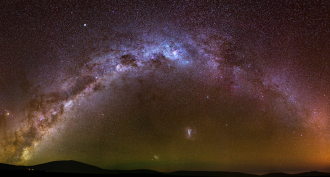 Space
SpaceRivers of stars flow between ‘clouds’ orbiting the Milky Way
Two streams of stars flow between dwarf galaxies known as the Magellanic Clouds. This new finding could give clues to the structure of our Milky Way galaxy.
-
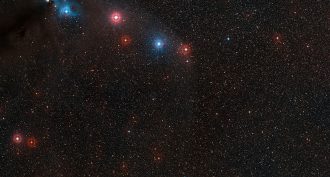 Physics
PhysicsWeird physics warps nearby star’s light
Scientists have observed a bizarre effect of quantum physics in light coming from a nearby neutron star.
-
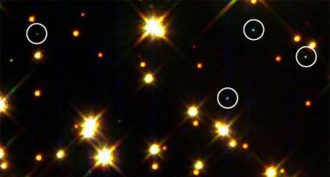 Space
SpaceSome white dwarf stars point to possible dark matter
Certain white-hot stars are cooling too fast for scientists to explain — unless they consider the presence of “axions.” These never-seen, but suspected particles could be shuttling away the extra energy from these cooling dwarf stars.
-
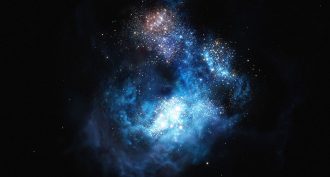 Space
SpaceA new, nonexplosive source of black holes?
At least one black hole may have formed from the collapse of a cloud of gas, which is not the usual birthing scheme. This might even be how some of the earliest gargantuan black holes developed.
-
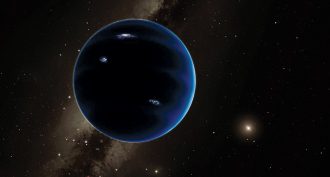 Planets
PlanetsNew clues in search for Planet Nine
New details about Planet Nine, a hypothetical object on the edge of our solar system, might help scientists actually find it.
-
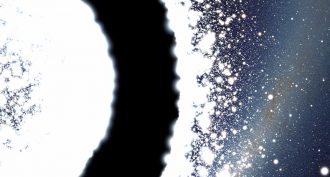 Space
SpaceScientists Say: Wormhole
Scientists have predicted the presence of tunnels in space that connect two points in space and time. They are named for the shape they resemble.
-
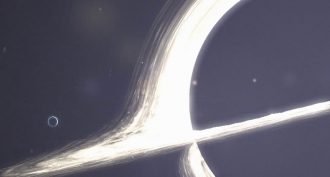 Physics
PhysicsSpinning black holes may ‘sing’ during a collision
The massive black hole in the movie Interstellar would create a unique gravity-wave signal when gobbling a smaller partner.
-
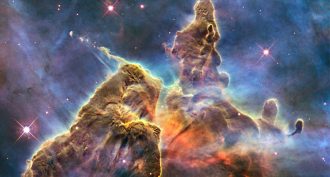 Chemistry
ChemistryKey sugar for life on Earth could have formed in space
Ribose, a sugar in RNA, may have formed in space and then rained down on a young Earth, a new study suggests.
-
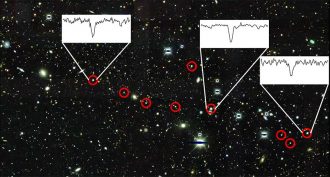 Chemistry
ChemistryDwarf galaxy spawned heavy elements
A study of nine stars in the dwarf galaxy Reticulum II found heavy elements. They had been produced after a violent stellar event sparked a chemical chain reaction.
-
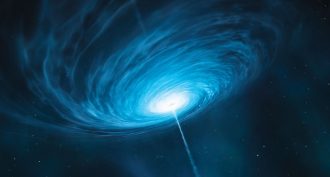 Space
SpaceHurricane at this galaxy’s center is wicked fast
The gale-force winds around one quasar whip by at almost 200 million kilometers per hour. That’s 625,000 times faster than the strongest hurricanes on Earth.
-
 Earth
EarthCool Jobs: Mapping the unknown
Scientists find different ways of exploring places humans will never visit — and drawing maps to help us better understand such mysterious places.
By Ilima Loomis -
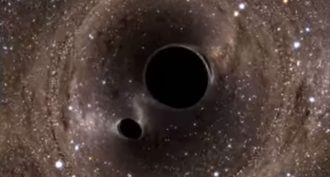 Physics
PhysicsScientists Say: Yottawatt
On Earth, scientists measure energy use in watts. When you have lot of those watts — one million billion billion — you have a yottawatt.